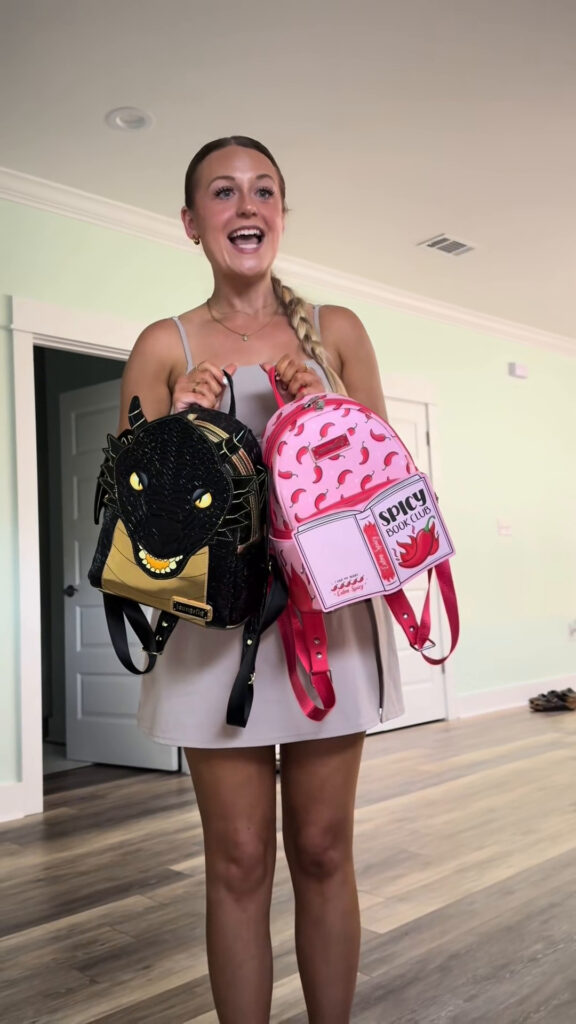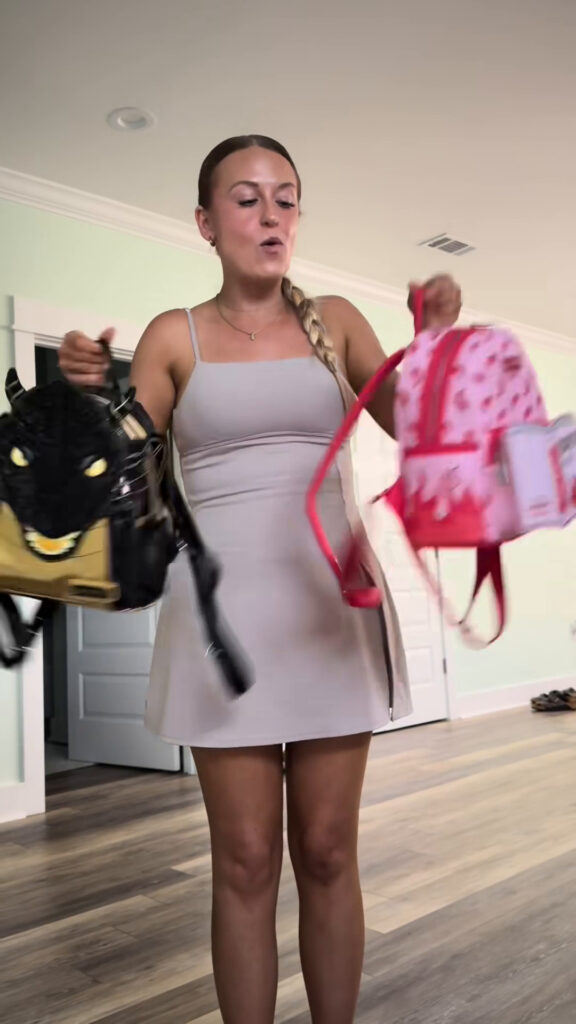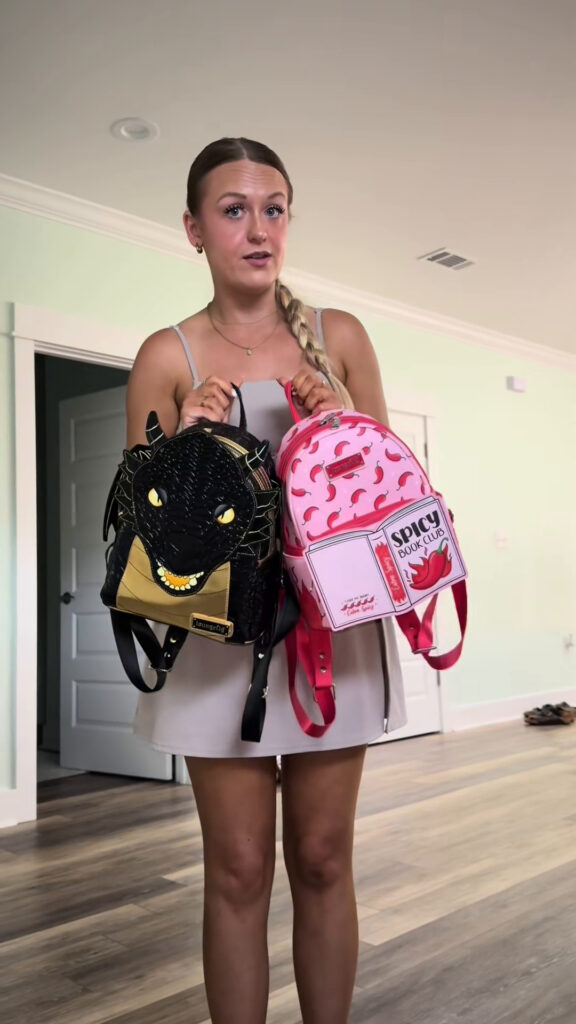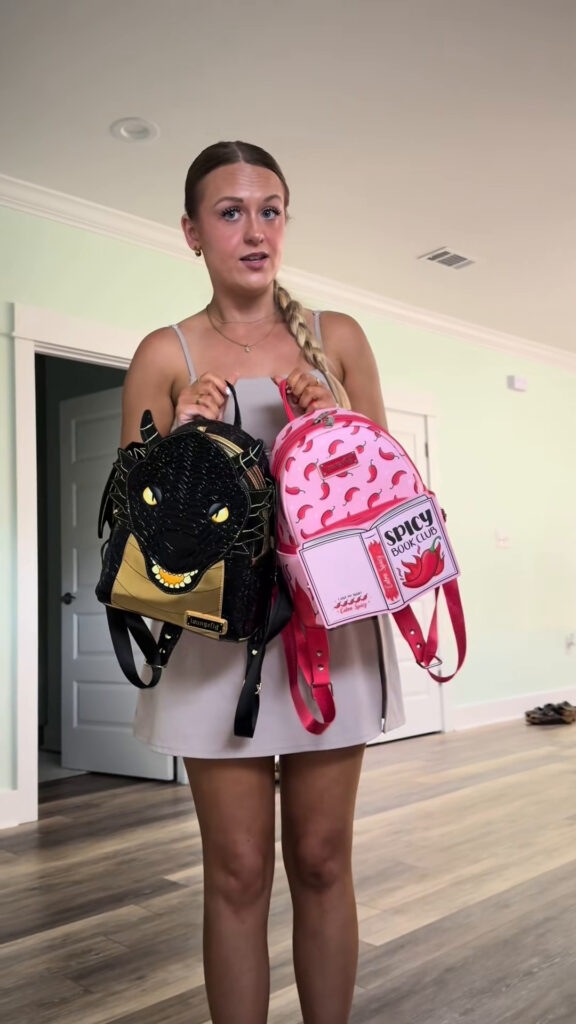
It’s easy to romanticize the work-from-home lifestyle: cozy loungewear, fresh coffee on hand, and the freedom to mute the world with a single click. But for those of us living it daily, remote work can blur into something else entirely—a cycle of endless tabs, posture fails, emotional burnout, and the disorienting question, “Did I go outside today?”
Enter Miss Snowwolf—digital strategist, creative consultant, and curator of calm in an overstimulated world. Her name may evoke winter, but her approach to remote work is grounded, warm, and deeply intentional. She doesn’t preach hustle culture. She doesn’t sell productivity porn. Instead, she embodies something rarer: sustainable presence.
Her Work-from-Home Survival Guide isn’t just about getting things done—it’s about doing them well, in a space that supports your nervous system and your style. Here’s how she turns her desk into a den, and survival into art.


The Morning Portal: Opening the Day with Ritual, Not Rush
“I don’t wake up and dive into emails. That’s a trauma response, not a schedule,” Mary (aka Miss Snowwolf) says with a wry smile.
For her, the first 90 minutes of the day are non-negotiable. No screens. No notifications. Just space.
Her morning begins with what she calls “sensory anchoring”: lighting a stick of Japanese incense, playing soft instrumental music, and moving her body. “It might be stretching, dancing, or just walking barefoot to feel grounded. The goal isn’t fitness. It’s arrival.”
Then, hydration. Not just water—but warm lemon water in a handmade ceramic mug. “The ritual matters. It tells your nervous system, we’re safe today.”
Breakfast is usually intuitive. On writing-heavy days, it’s protein-heavy. On admin days, something lighter. “Food isn’t fuel, it’s communication with your body,” she says.
By the time she opens her laptop, she’s already centered—not reacting, but choosing.


The Desk Den: Designing a Space That Feels Like You
Mary’s workspace is a minimalist haven: soft lighting, neutral tones, clean surfaces, and a sense of serenity. But don’t mistake it for sterile.
“My desk isn’t a productivity altar. It’s a den. A place where I can think, create, and recalibrate.”
Here’s her Work-from-Home Desk Essentials list:
- Ergonomic setup: An adjustable chair, a laptop stand, and a low-profile mechanical keyboard. “Comfort is productivity,” she insists.
- Texture layering: A linen table runner across the desk, a soft wool throw on the chair, and a grounding stone she holds during calls. “Sensory balance keeps me from dissociating.”
- Smell and sound: A diffuser with cedarwood oil and a playlist of ambient beats, nature sounds, or cello covers.
- Analog touches: A paper planner, a ceramic pen holder, and a cork vision board. “I need something tactile to counteract all the digital noise.”
Her space isn’t about aesthetic for the ‘Gram. It’s about creating an emotional backdrop that feels safe, aligned, and anchored. “I can’t build brilliant things in chaos.”


The Work Blocks: Time Alchemy Over Time Management
Forget the color-coded time trackers and minute-by-minute planners. Mary’s approach to time is more fluid—but deeply effective.
She divides her day into three core blocks:
- Creative Focus (10 AM – 1 PM): Writing, strategy, ideation. “This is when I guard my energy fiercely. No meetings. No Slack. Just me and the work that matters.”
- Admin & Output (2 PM – 4 PM): Client check-ins, emails, content scheduling. The middle ground between action and autopilot.
- Soft Wrap (5 PM – 6 PM): A gentler end to the day—reviewing tasks, light reading, or organizing. “It’s the digital version of putting the chairs up in a café.”
Mary doesn’t obsess over the clock. She tracks her energy. “Some days my brain is lava. Other days it’s oatmeal. I work with that, not against it.”
She also builds in 10-minute micro breaks every 90 minutes—breathwork, a quick dance, or stepping outside to feel the sun.
“Remote work isn’t just doing your job from home. It’s learning to self-regulate without external structure.”




The Dress Code: Styled for Sanity, Not Screenshots
Let’s talk WFH fashion—the domain of sweatpants, oversized hoodies, and “Zoom mullets” (you know the drill: business up top, chaos below). But Mary approaches this differently.
“What I wear affects how I feel. So even when no one sees me, I dress to be myself, not to impress anyone else.”
Her remote-work wardrobe is intentionally minimal but textured:
- Soft ribbed tanks in neutral tones
- High-waisted trousers or wrap skirts
- Wool cardigans or kimono-style robes
- Layered silver or leather jewelry
The goal isn’t formality—it’s coherence. Clothing that matches the energy of her space and the rhythm of her day.
“I don’t wear shoes, but I’ll put on perfume. I won’t wear jeans, but I’ll always brush my hair. It’s about sending a signal to my body: We’re awake. We’re real.”
Mary calls it embodied elegance—style that supports your nervous system.


Meetings, Boundaries, and the Art of Saying No
Remote work often blurs boundaries—especially when clients, coworkers, or collaborators treat your home as an always-open workspace. Mary’s response? Firm but gentle lines.
“I don’t take meetings before 10:30 AM, and I don’t schedule back-to-backs. People get the best of me when I’m not depleted.”
Her calendar includes buffer zones, “white space” for thinking, and protected time for solo creation. She uses calendar tools to block out focus sessions and sends intentional auto-responses when needed.
More than that, she’s developed language for boundary-setting. Some of her go-to lines:
- “I’m currently in a deep-focus period—can we revisit this next week?”
- “That sounds like a great idea. I’ll need to carve space for it after [date].”
- “To honor this project fully, I’ll need to say no to new asks this week.”
Boundaries aren’t rude. They’re respectful—to yourself, and to the work that matters.




The Transition Ritual: Logging Off with Intention
Perhaps the most powerful part of Miss Snowwolf’s WFH survival guide is what happens after the work.
“Working from home makes it hard to leave work,” she says. “So I create a closing ritual—something to mark the shift from ‘doing’ to ‘being.’”
Her “shutdown sequence” includes:
- Closing all tabs and putting her laptop in a drawer.
- Lighting a single taper candle and doing three minutes of breathwork.
- Changing clothes—yes, even if it’s from one cozy set to another.
- Putting on non-work music (her current favorite? Old vinyl jazz).
- Saying aloud, “Work is done. I return to self.”
That final sentence may sound simple, but for Mary, it’s sacred. “When you work from home, you have to call yourself back. Otherwise, the grind becomes your identity.”


The Evening Den: Rest That Actually Feels Restful
Evenings in the Snowwolf den are as curated as the workday—but with softer light, slower rhythms, and more sensory indulgence.
Dinner is tech-free. Music plays. Sometimes she cooks from scratch. Other nights, it’s ramen in a handmade bowl. “The goal is pleasure, not performance.”
After that? Analog life.
She reads poetry, draws tarot, tends to her plants, or journals. Sometimes she just lies on the floor in silence. Her space is lit with lamps, not overheads. Her phone stays in a separate room after 9 PM.
And sleep? Sacred.
“I used to glorify late-night grinding. Now, I protect my rest like it’s intellectual property.”




Final Notes: Survival as Sovereignty
In a world where remote work can quickly become remote living—disconnected, disembodied, and overwhelmed—Miss Snowwolf offers something revolutionary:
Grounded presence.
Elegant boundaries.
And a daily rhythm that turns survival into sovereignty.
Her Work-from-Home Survival Guide isn’t about perfect routines or flawless systems. It’s about attunement. Listening inward. Creating an ecosystem where your body, mind, and soul can coexist—not just grind through the day.
“Remote work isn’t just a logistics shift,” Mary says. “It’s a lifestyle transformation. You get to rewrite the rules. Start with ones that honor you.”
From desk to den, Miss Snowwolf proves you can lead, create, and thrive without burning out. All it takes is some incense, intentionality, and the willingness to turn your home into a haven.






